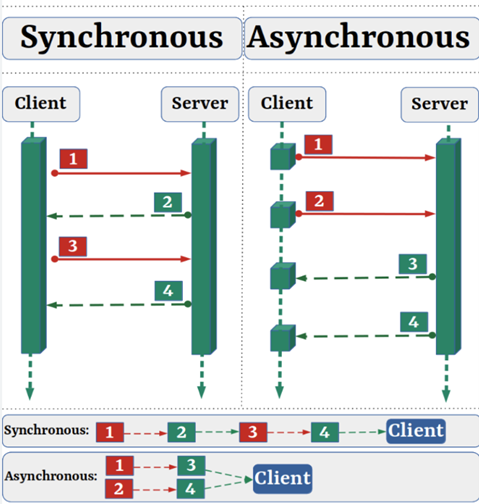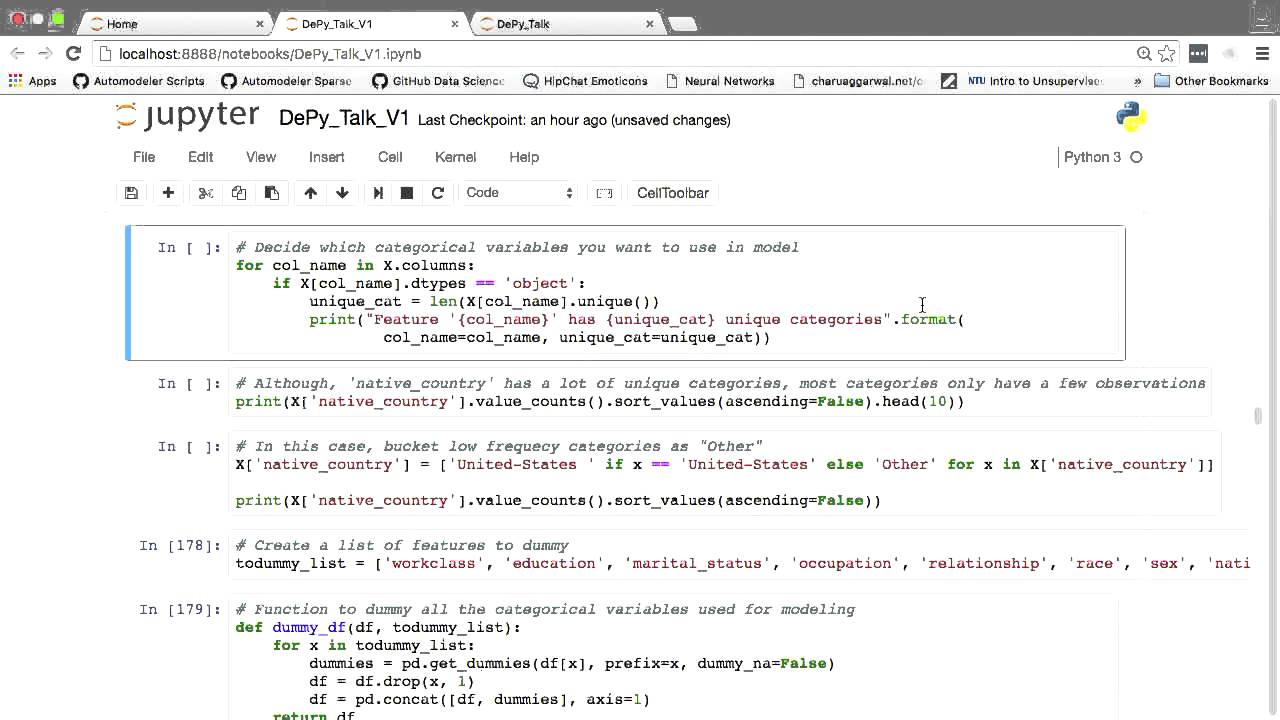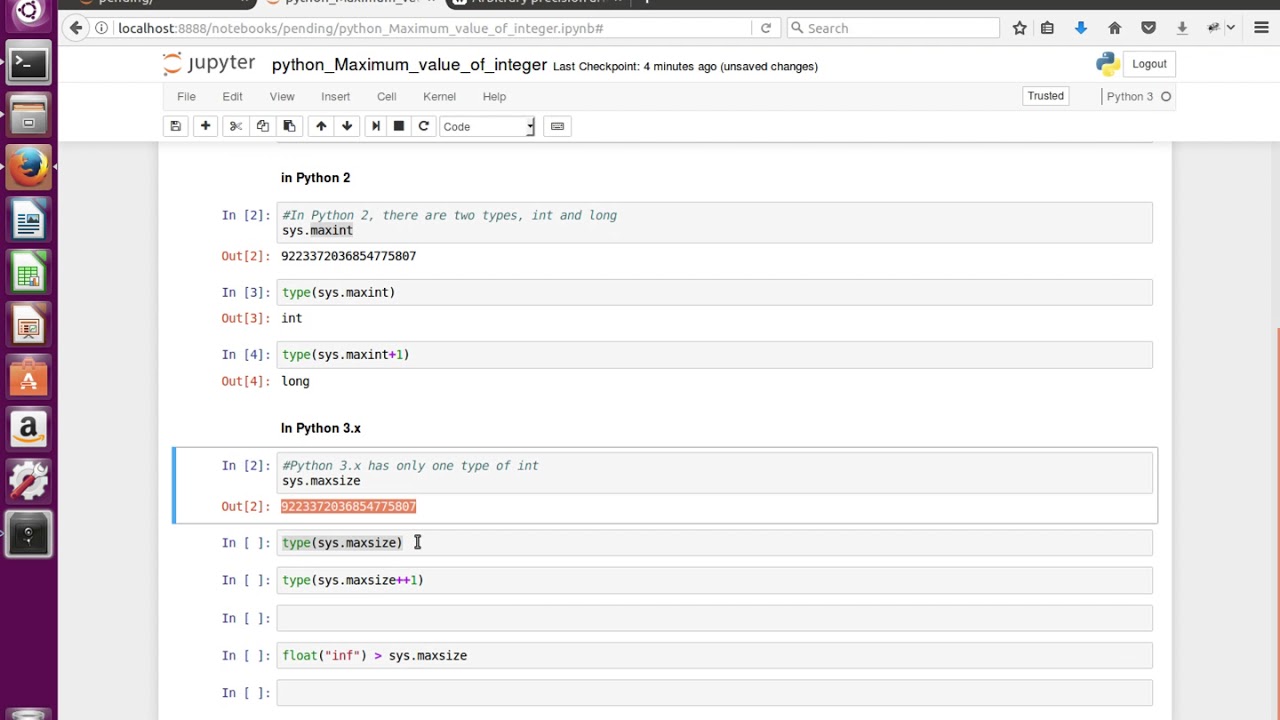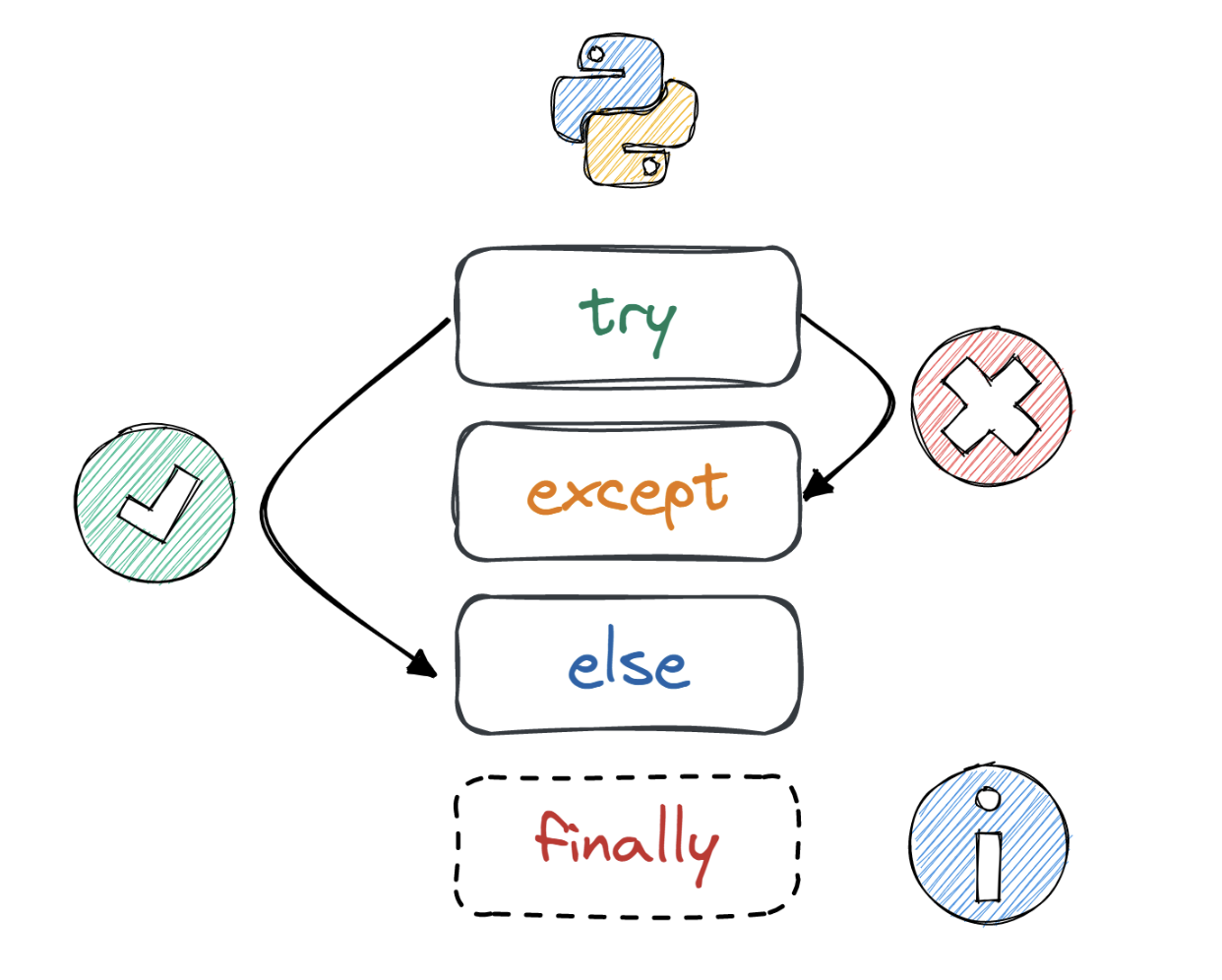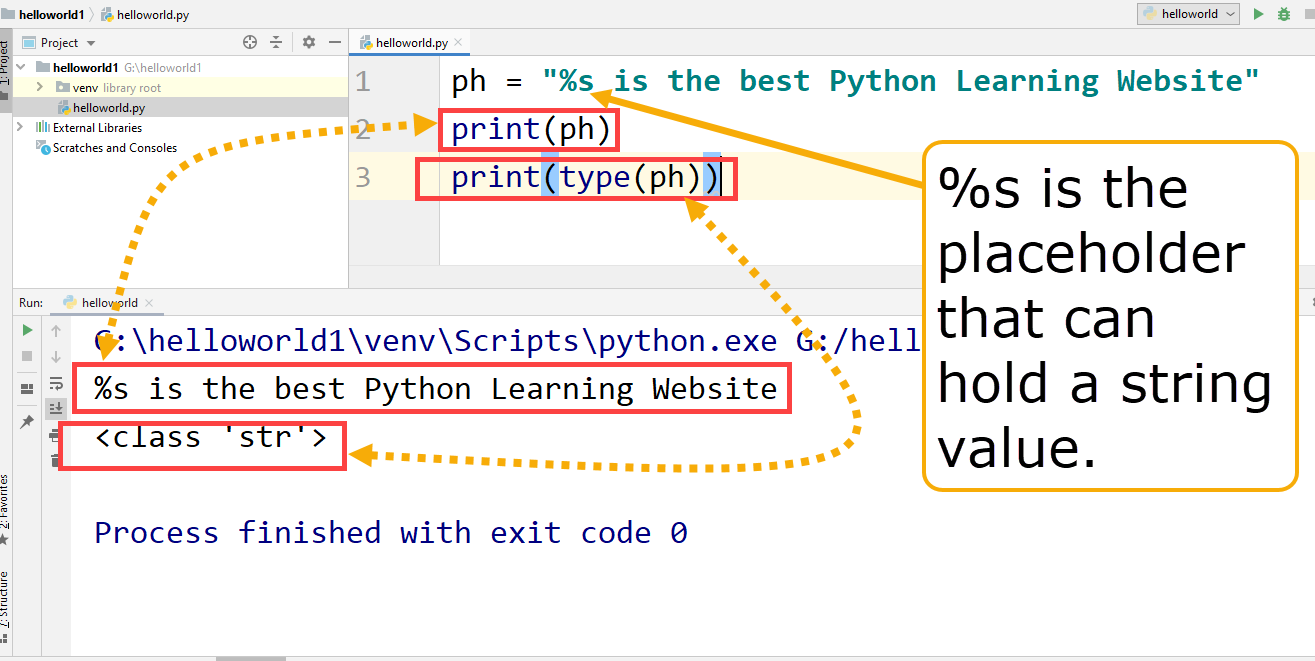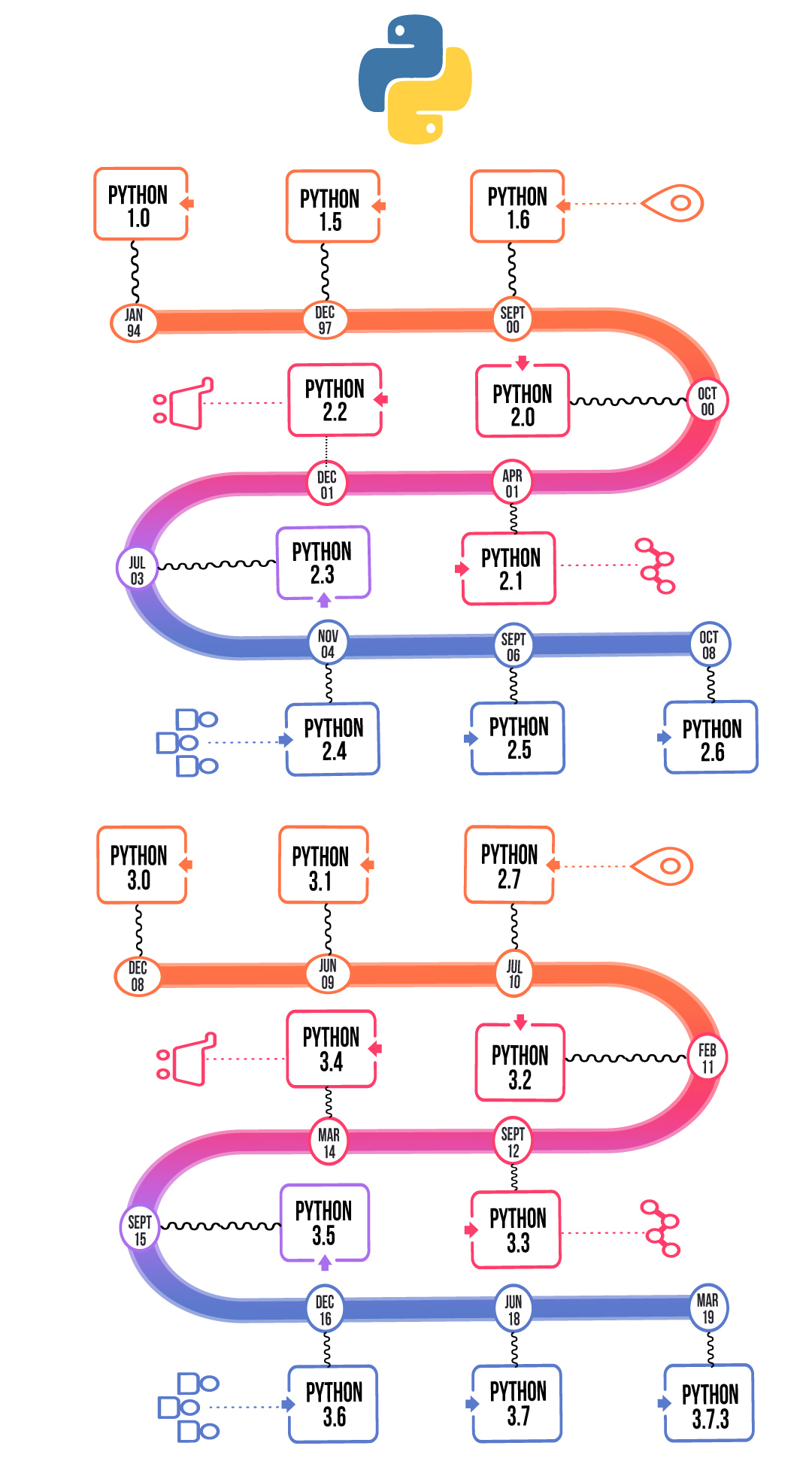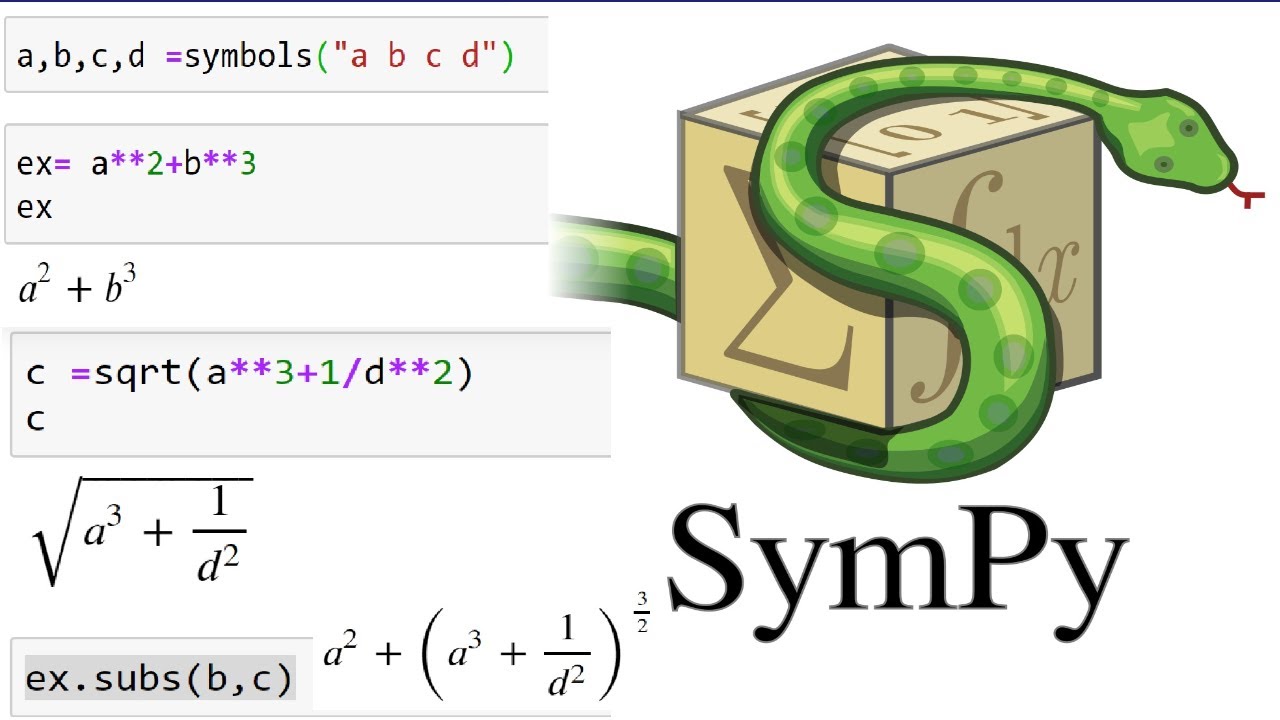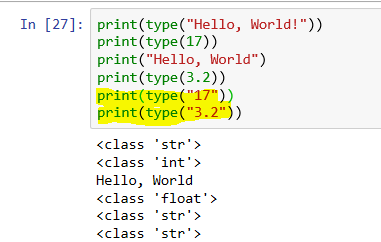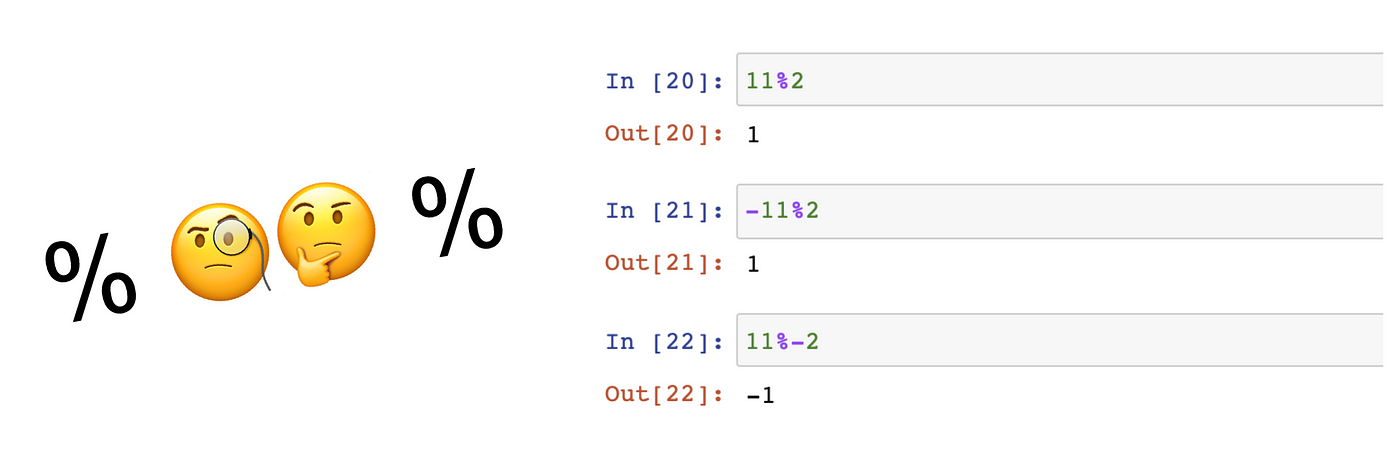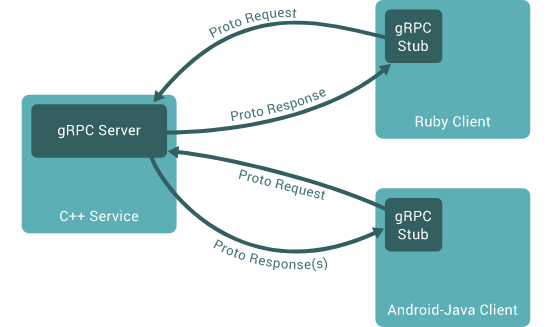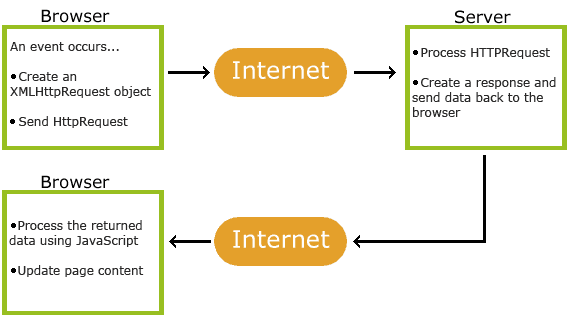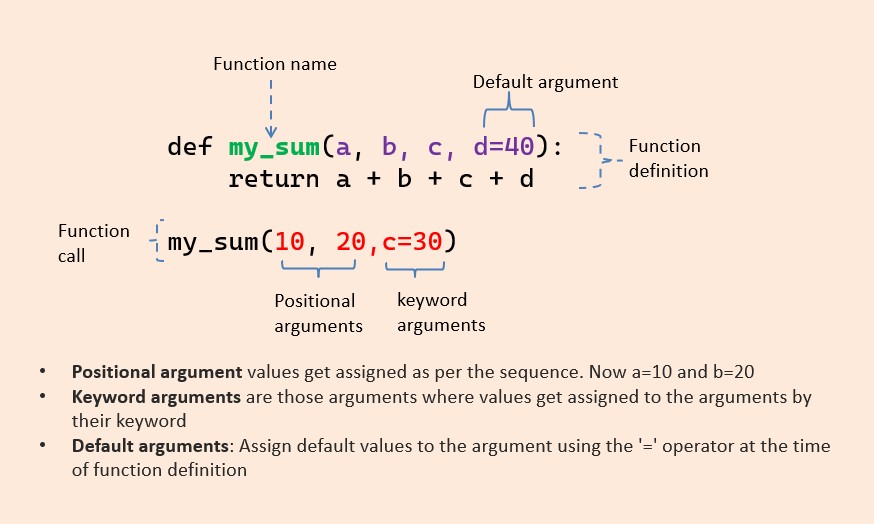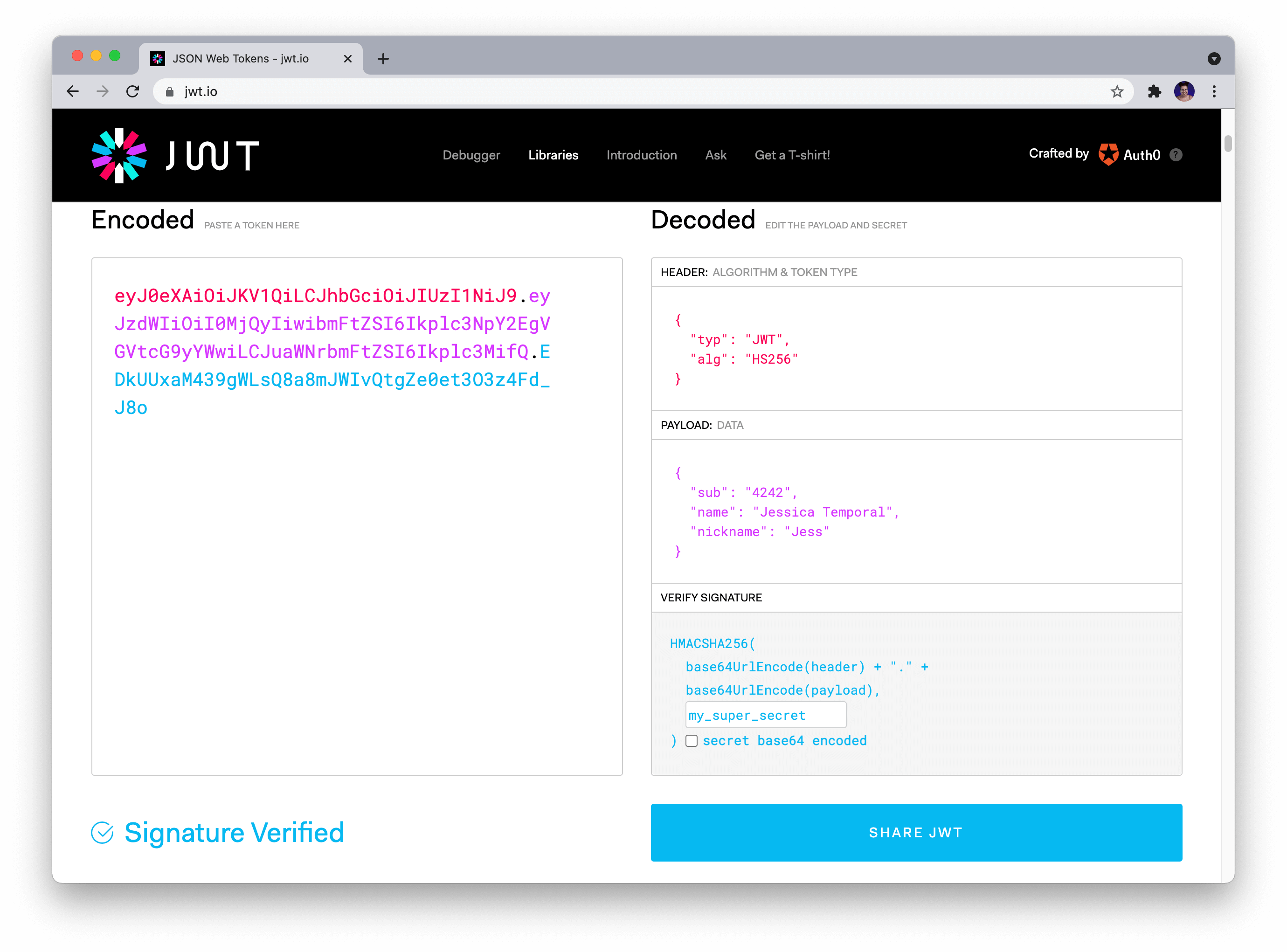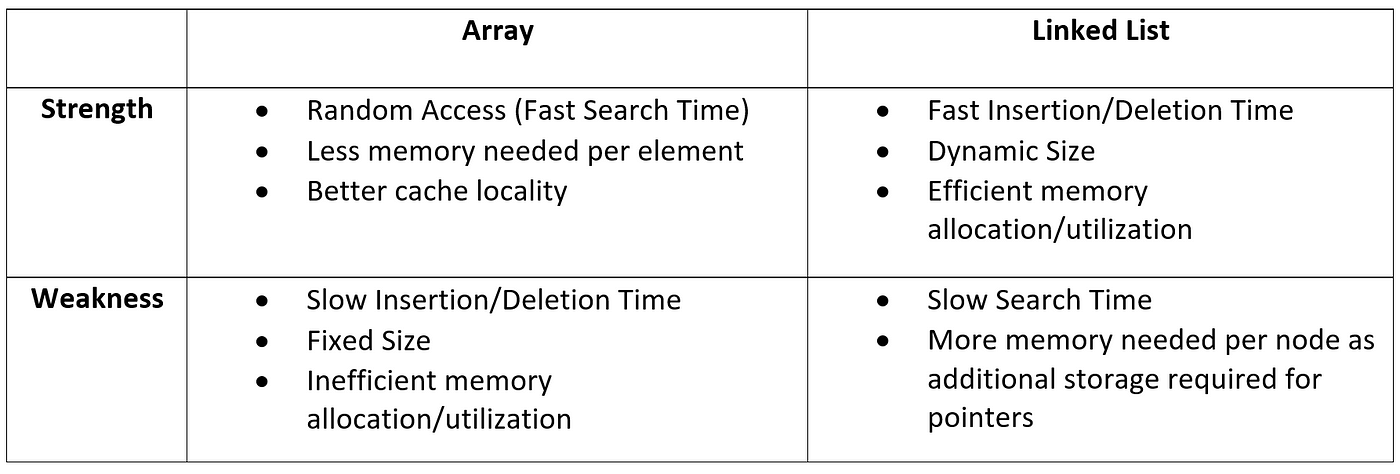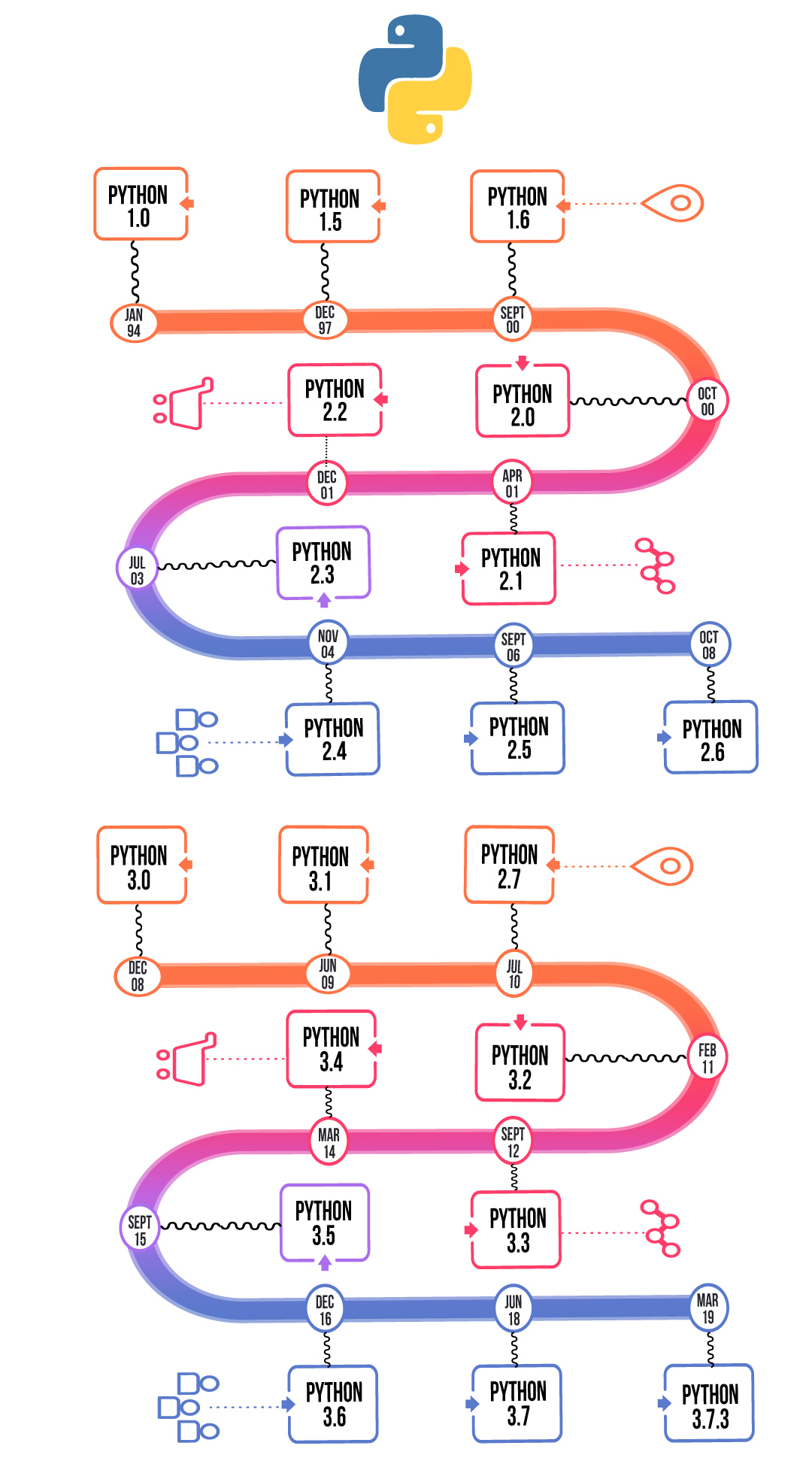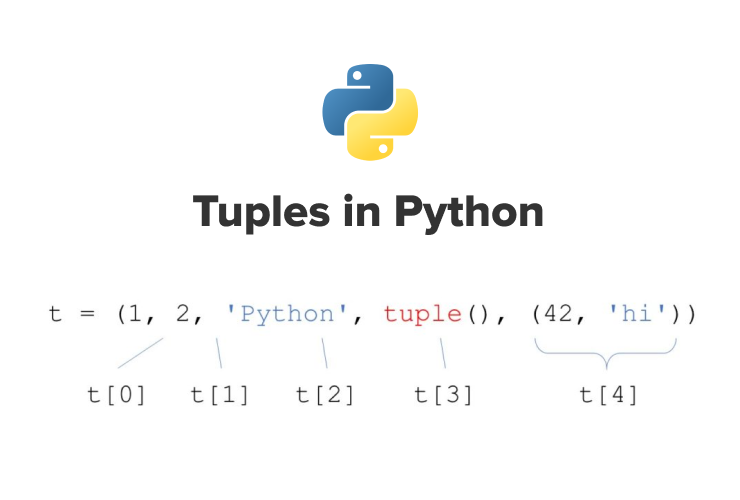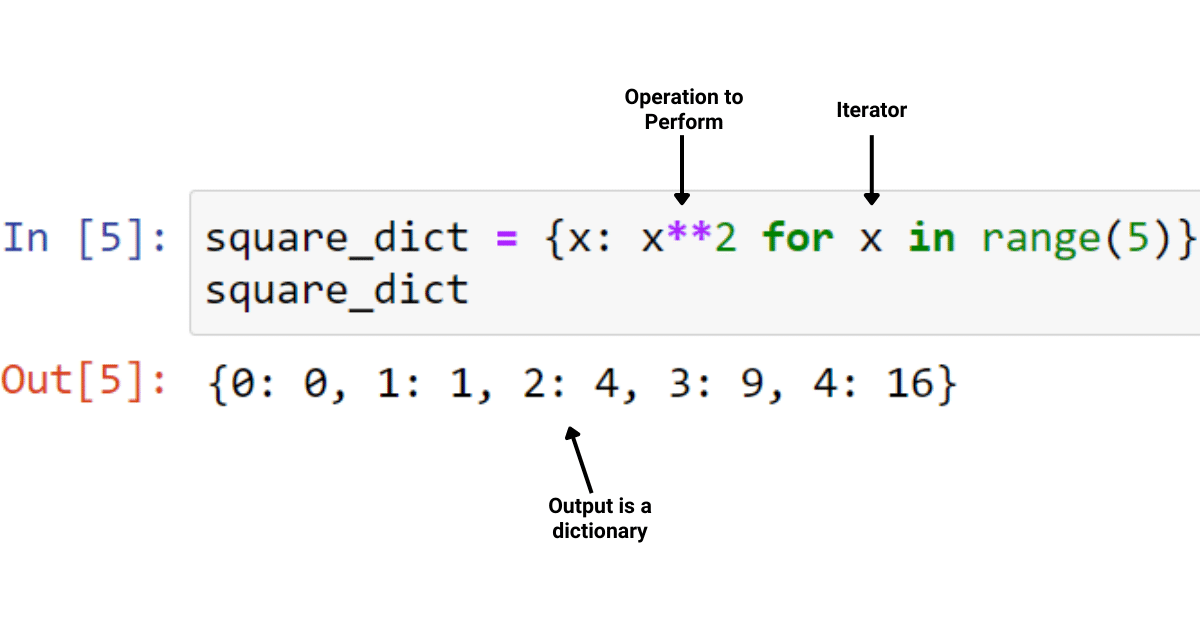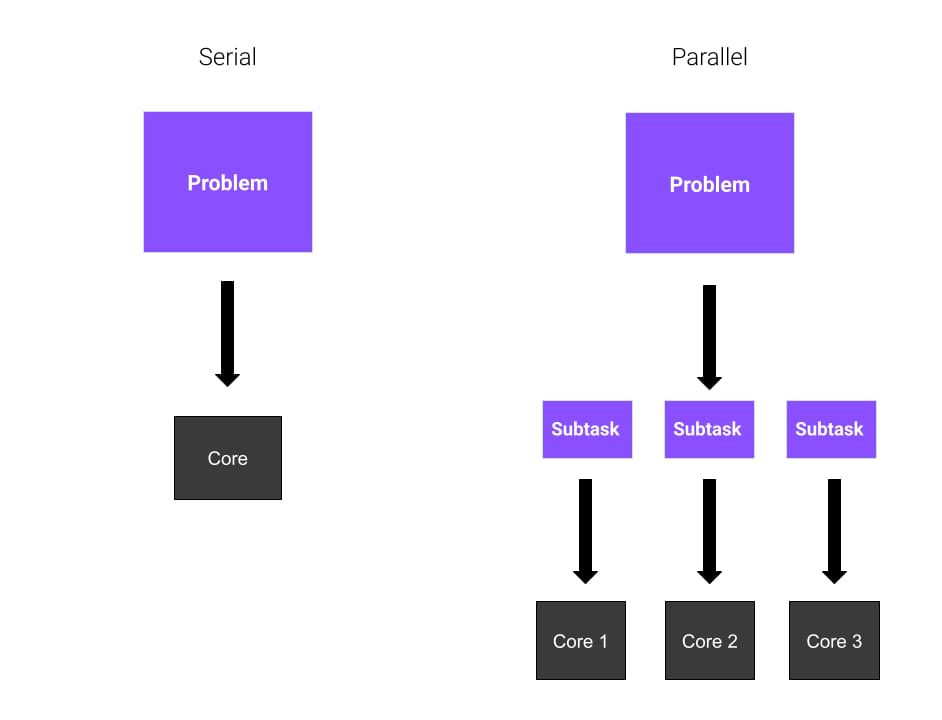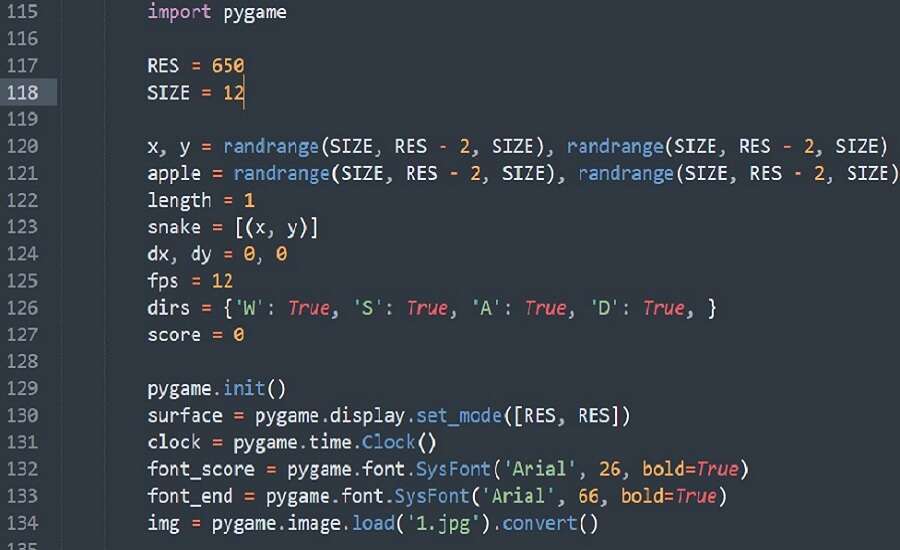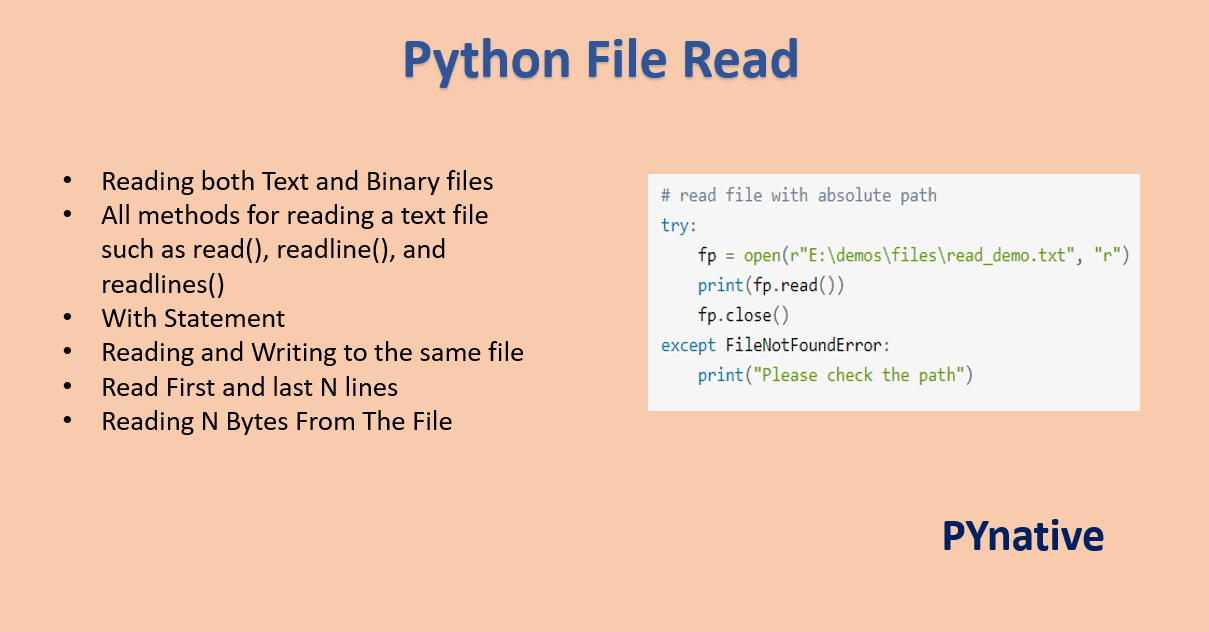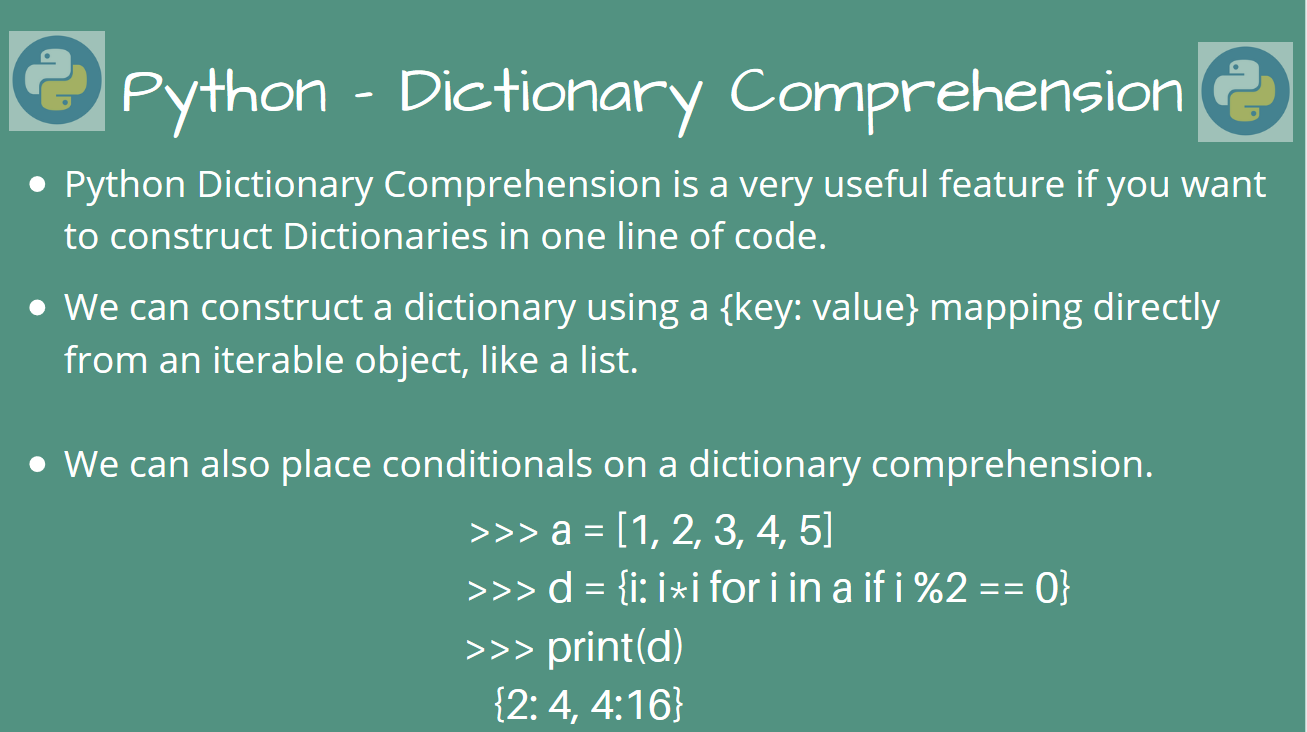How to use depth-first search in Python?
How to use depth-first search in Python?
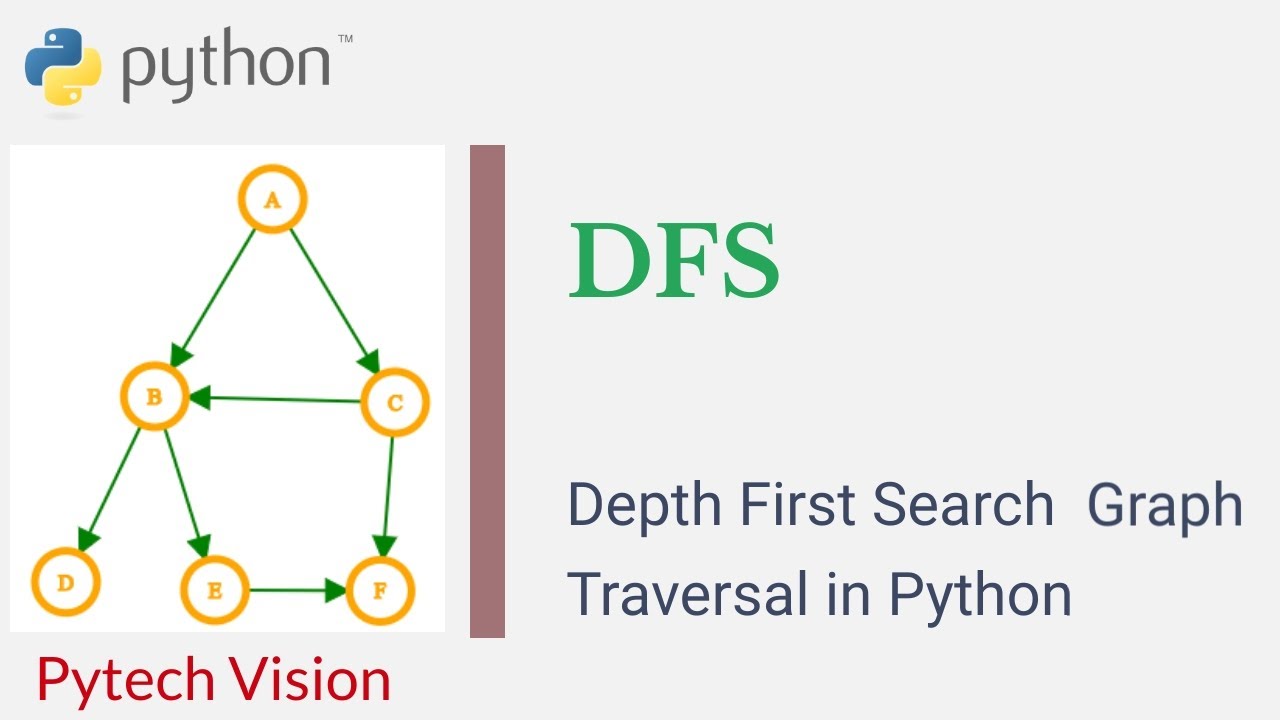
Depth-First Search (DFS) is a popular algorithm used to traverse graphs and trees. It starts at the root node and explores as far as possible along each branch before backtracking. In Python, we can implement DFS using recursion or iteration.
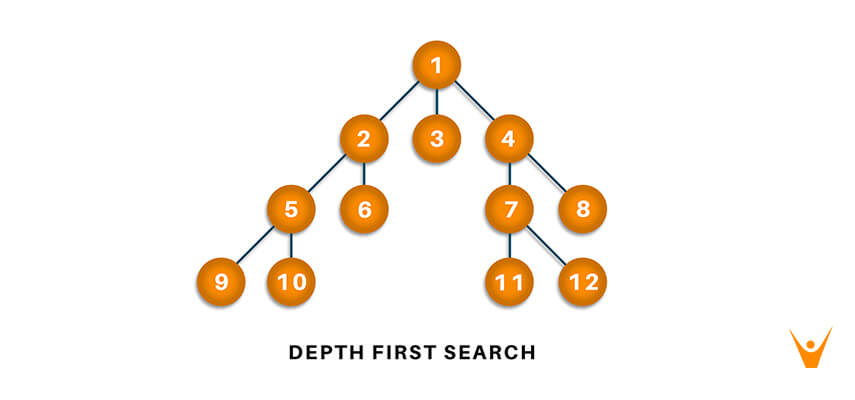
Recursive Implementation
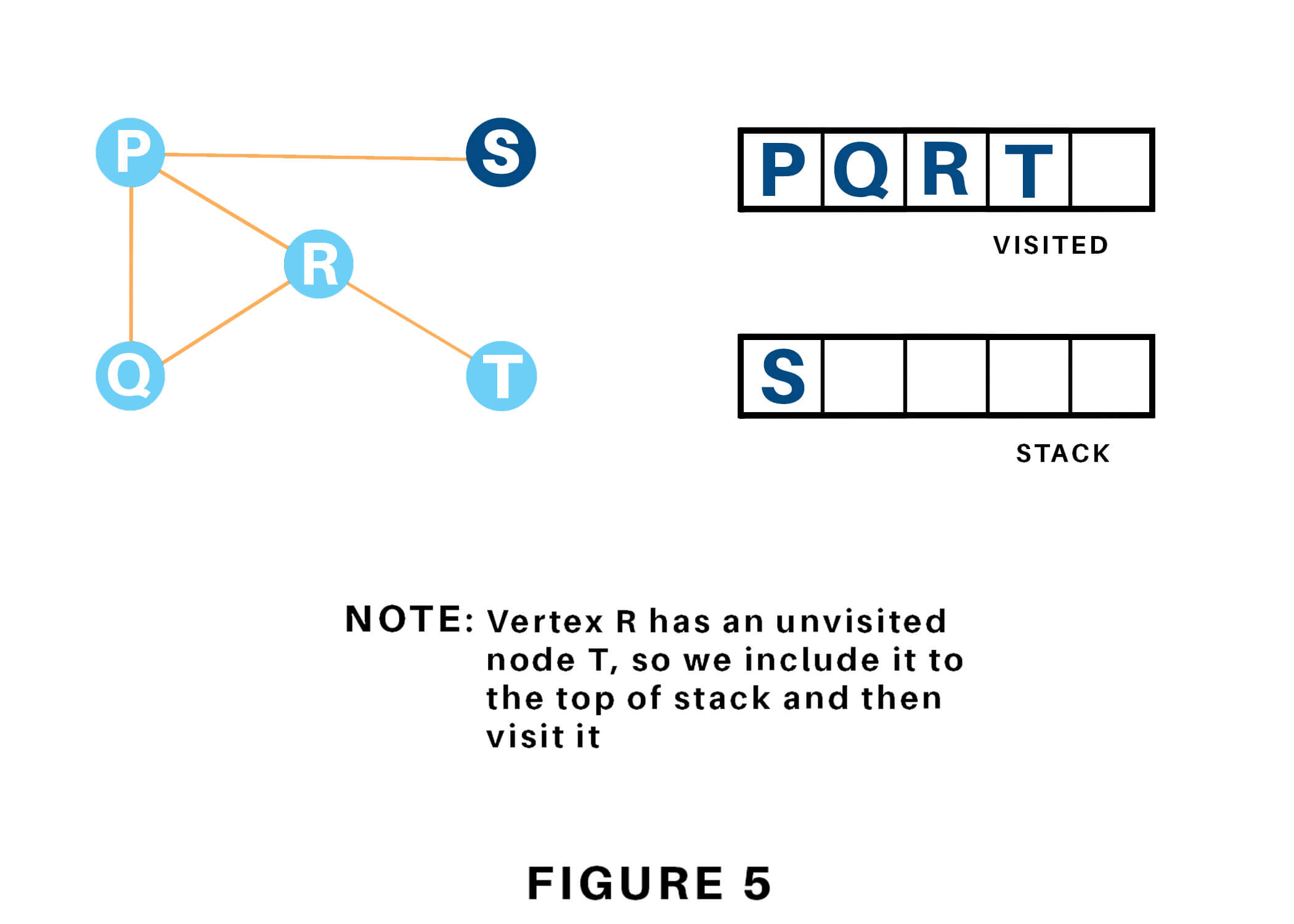
Here's an example of how you can implement DFS recursively:
def dfs_recursive(graph, start):
visited = set()
result = []
def traverse(node):
if node in visited:
return
visited.add(node)
result.append(node)
for neighbor in graph[node]:
traverse(neighbor)
traverse(start)
return result
Example usage
graph = {
'A': ['B', 'C'],
'B': ['D', 'E'],
'C': ['F'],
'D': [],
'E': ['F'],
'F': []
}
print(dfs_recursive(graph, 'A')) # Output: ['A', 'B', 'D', 'E', 'F', 'C']
In this implementation, we define a recursive function traverse that explores the graph starting from a given node. It marks the node as visited and adds it to the result list. Then, it recursively calls itself on each neighbor of the node until there are no more neighbors to explore.
Iterative Implementation
Here's an example of how you can implement DFS iteratively:
def dfs_iterative(graph, start):
visited = set()
stack = [start]
result = []
while stack:
node = stack.pop()
if node not in visited:
visited.add(node)
result.append(node)
for neighbor in graph[node]:
if neighbor not in visited:
stack.append(neighbor)
return result
Example usage
graph = {
'A': ['B', 'C'],
'B': ['D', 'E'],
'C': ['F'],
'D': [],
'E': ['F'],
'F': []
}
print(dfs_iterative(graph, 'A')) # Output: ['A', 'B', 'D', 'E', 'F', 'C']
In this implementation, we use a stack to store nodes to visit. We start by pushing the starting node onto the stack. Then, we enter a loop that continues until the stack is empty. In each iteration of the loop, we pop a node from the stack, mark it as visited, and add it to the result list. We then push all its unvisited neighbors onto the stack.
Time Complexity
The time complexity of DFS is O(V + E), where V is the number of vertices (nodes) in the graph and E is the number of edges. This is because we visit each node once and follow each edge at most once.
Space Complexity
The space complexity of DFS is O(V), as we need to store the visited nodes in a set or array.
In conclusion, depth-first search is a powerful algorithm for traversing graphs and trees. Both recursive and iterative implementations are possible in Python, with the recursive version being more concise but potentially less efficient than the iterative version.
What is depth-first search in Python dict?
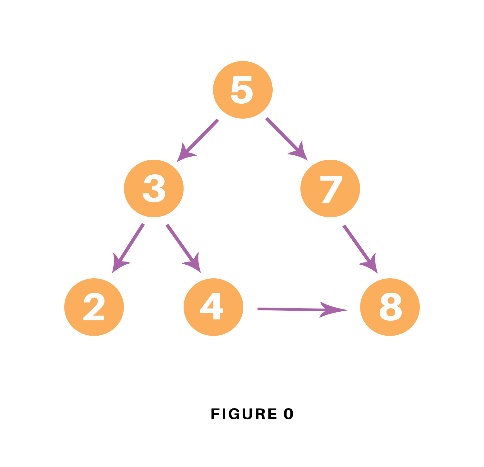
I'd be happy to explain what depth-first search (DFS) is and how it can be applied to a Python dictionary.
What is Depth-First Search?
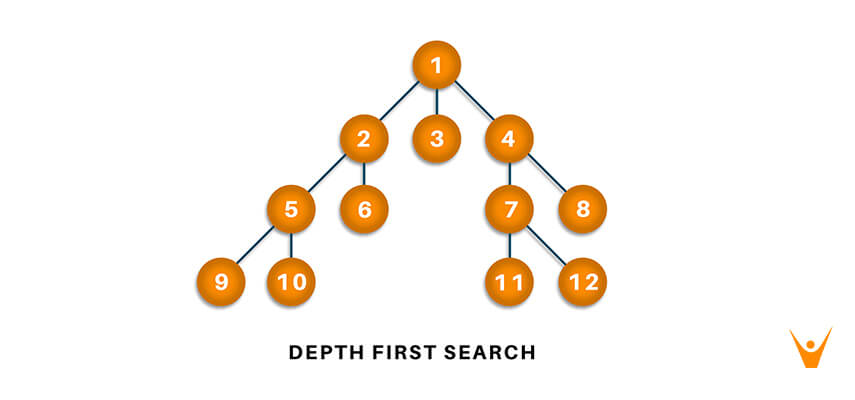
Depth-First Search, or DFS, is a popular algorithm used to traverse or explore data structures such as graphs, trees, or dictionaries. It's called "depth-first" because it explores the deepest reachable node before backtracking and exploring other paths.
The basic idea behind DFS is to start at a given node (in this case, a key in our Python dictionary) and then visit its neighboring nodes in a particular order, such as in the order they are first encountered. This continues until we've visited all the nodes connected to the current one, or until we hit a predetermined stopping condition.
How DFS Works
Here's a step-by-step breakdown of how DFS works:
Choose a starting node: In our case, this is the key we want to start exploring from. Mark the node as visited: This helps us keep track of which nodes we've already explored and avoid revisiting them later. Visit the node's neighbors: In the context of a dictionary, these would be the keys that are associated with the value at the current key.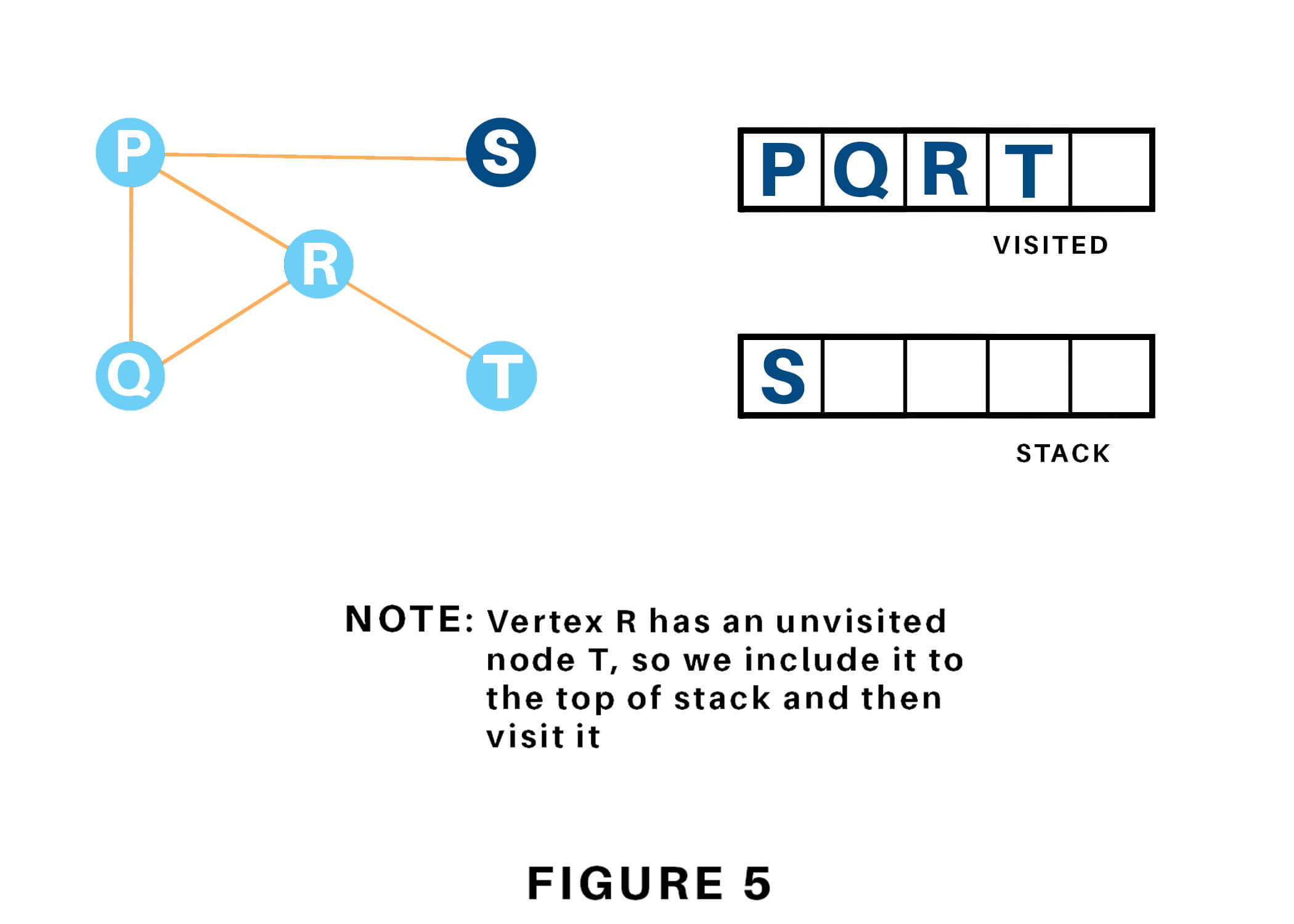
Applying DFS to Python Dictionary
Let's say we have a Python dictionary representing a graph:
graph = {'A': ['B', 'C'], 'B': ['A', 'D', 'E'], 'C': ['A', 'F'],
'D': ['B'], 'E': ['B', 'F'], 'F': ['C', 'E']}
To perform a DFS traversal of this graph starting from key 'A', we can use a recursive function:
def dfs(graph, start):
visited = set()
def _dfs(node):
if node not in visited:
visited.add(node)
for neighbor in graph.get(node, []):
_dfs(neighbor)
_dfs(start)
print(dfs(graph, 'A'))
This function uses a nested helper function _dfs to perform the DFS traversal. It keeps track of which nodes have been visited using a set called visited. The main function dfs simply calls _dfs with the starting node as an argument.
When we run this code, it will print out the order in which the nodes were visited:
A
B
D
E
F
C
This is the classic DFS traversal pattern: visit the starting node, then explore its neighbors, and finally backtrack to previous nodes until all reachable nodes have been visited.
Conclusion
In this response, we've seen how depth-first search (DFS) can be applied to a Python dictionary. We defined what DFS is, explained how it works, and provided an example of implementing DFS in Python using a recursive function. By understanding and applying DFS, you'll be better equipped to tackle complex problems involving graphs, trees, or other data structures!
